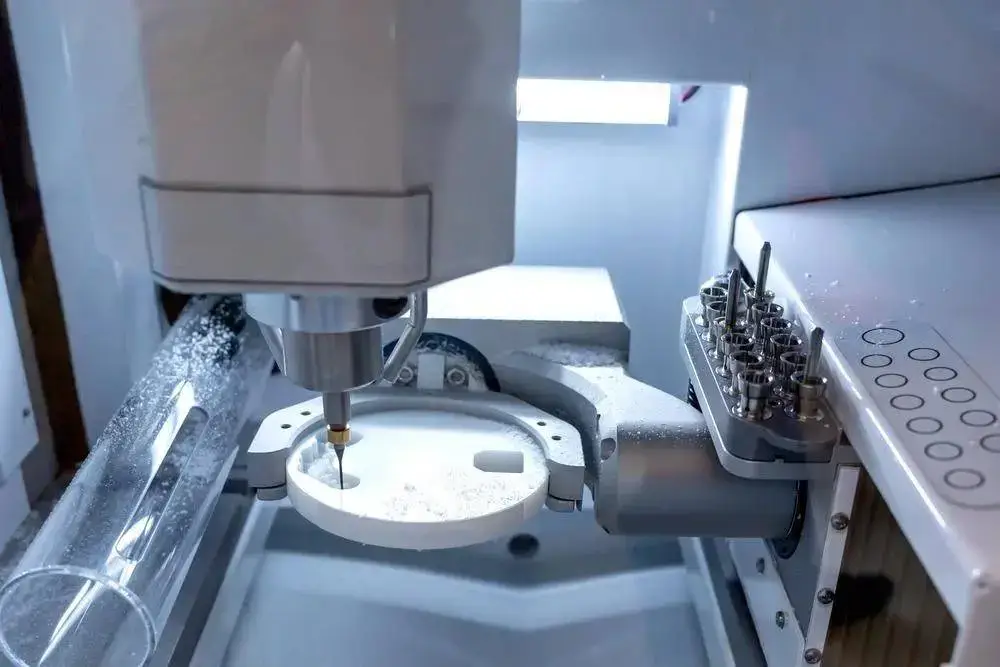Machining Ceramics: The Most Comprehensive Guide
Machining ceramic is used in a wide range of industries, as ceramics are one of the most popular material categories in the world. Ceramics are most commonly used in pottery and household goods, but can also be used in other products, including appliances and medical devices.
CNC machining is by far the best method for mass-producing ceramic products. As a hands-off, computer-controlled method, it allows you to manufacture thousands of parts in a relatively short period of time. Not to mention the high-quality, smooth surface you get when using methods such as laser cutting.
In this guide, we’ll cover the various applications of ceramic materials, different types of ceramics, and some guidelines to follow when designing and machining ceramic products. After reading this guide, you’ll have a better understanding of what to expect and how to get the most out of machining ceramics.
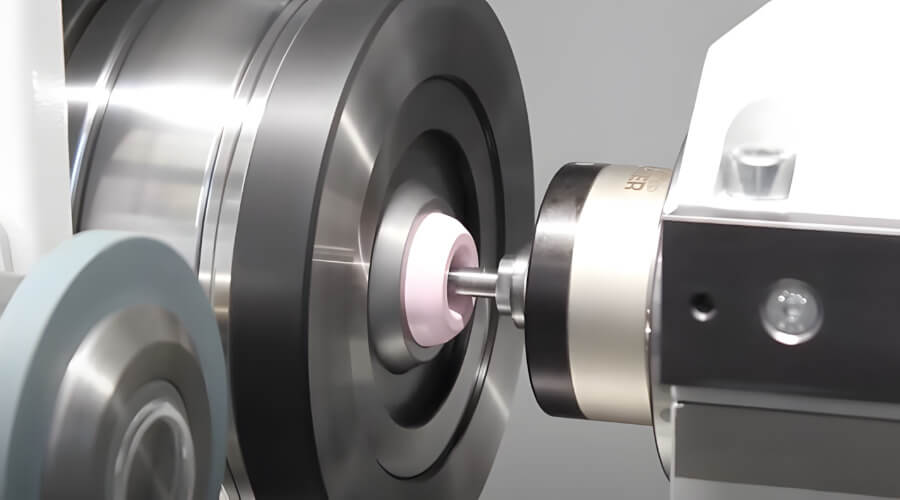
1.Applications of machining ceramic
Machining ceramic can be used in any industry, from the production of everyday household items to mass-producing decorative items. Of all the possible applications, three stand out the most: electronics, industrial, and medical.
In the electronics field, machining ceramic parts proves to be very useful electronic parts with high wear resistance and high precision. Ceramics have very high insulating properties, which makes them a perfect choice for manufacturers who want to avoid electrical and fire hazards.
Ceramic materials such as quartz, macor or aluminum nitride are frequently used in the manufacturing process of semiconductors.
The range of industrial applications for machining ceramics is very wide. While these materials are great for large, smooth columns or structures, they are more suitable for manufacturing small, complex and high-precision industrial parts. Due to their high wear resistance, ceramics are ideal for parts that will be used for a long time in a busy industrial environment.
Types of ceramics used in industrial environments include, but are not limited to, mullite, quartz or mycalex.
Finally, the medical field is another area where machining ceramics are widely used. They are used to manufacture implants that are placed in the body because they do not pose a risk of adverse reactions or allergic reactions compared to other materials.
Zirconia (a type of ceramic) is also widely used by dentists to manufacture high-quality dental implants.
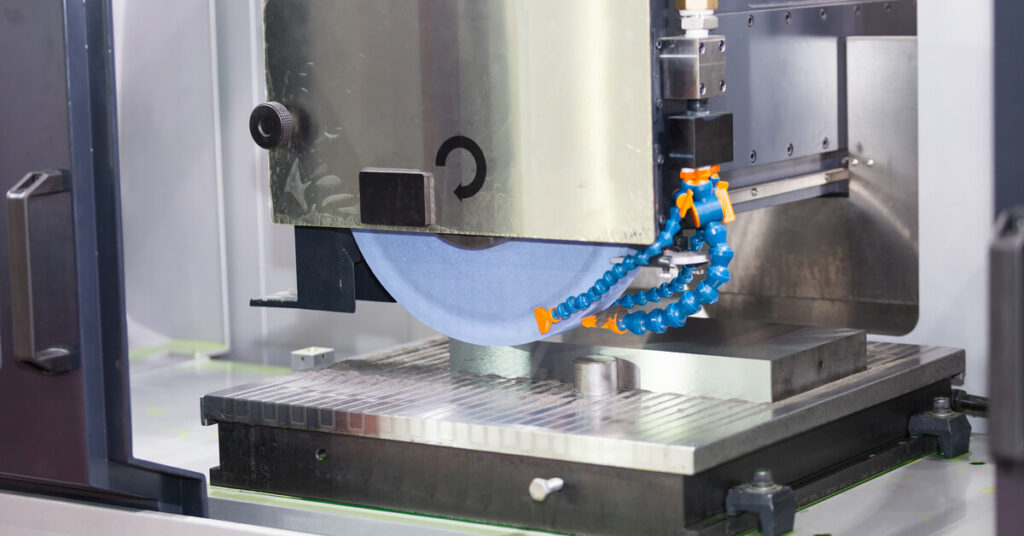
2.Different Types of Ceramics
People tend to think of ceramics as a single material, but this is not the case. There are dozens of types of ceramics, each with different properties and specifications. It is crucial to understand the most popular types of ceramics used for machining, as it will help you choose the best ceramic for your area of business.
1) Alumina
Due to its excellent electrical and mechanical properties, alumina is ideal for making smaller parts of larger tools or appliances. It can be easily machined into specific shapes, and with the right brazing or metallizing techniques, it can seamlessly join with metals.
2) Aluminum Nitride
It is similar to alumina, but the key difference is its lower coefficient of thermal expansion. This makes aluminum nitride ideal for semiconductor manufacturing, as its expansion matches that of silicon wafers exactly.
3) Aluminum Silicate
Also known as lava, aluminosilicate is a type of ceramic that can withstand extremely high temperatures, making it ideal for electrical or thermal insulation purposes.
4) Graphite
This ceramic material is carbon-based. Its density depends on the polymer state. Graphite has better chemical, heat, and shock resistance than alumina silicate, making it ideal for making items such as molds or furnace components.
5) Glass
These polycrystalline ceramics, including Vycor, Pyrex, and others, are extremely resistant to thermal shock. Because of these properties, ceramic glass parts make excellent insulation parts.
6) Mullite
This ceramic material is better suited to laser cutting than machining and is ideal for manufacturing large structural components. It has good temperature stability, creep resistance, and strength. Mullite is often used in the production of furniture as well as large insulation components and furnace cores.
7) Makkel
This is one of the most unique ceramics available. It is used in highly specialized industries with very strict quality control requirements, such as aerospace, semiconductors, and medicine. It does not absorb moisture, insulates well even at very high voltages, and does not deform even at the highest pressures.
8) Mycalex
Similar to mullite, mycalex is a corrosion-resistant ceramic that is often used in structural components. However, it is not used to manufacture large components, but is most often processed into small industrial components that require durability and high temperature resistance.
9) Quartz
Due to its excellent optical properties, quartz is used in many lighting devices as well as semiconductors. Processing quartz into any shape you want should be done through grinding techniques, as opposed to cutting.
10) Zircon
As we mentioned earlier, zirconium oxide is widely used in the stomatology industry to produce dental implants. That’s because this ceramic material is extremely resistant to chemicals and corrosion, making it an excellent choice for tooth replacements.
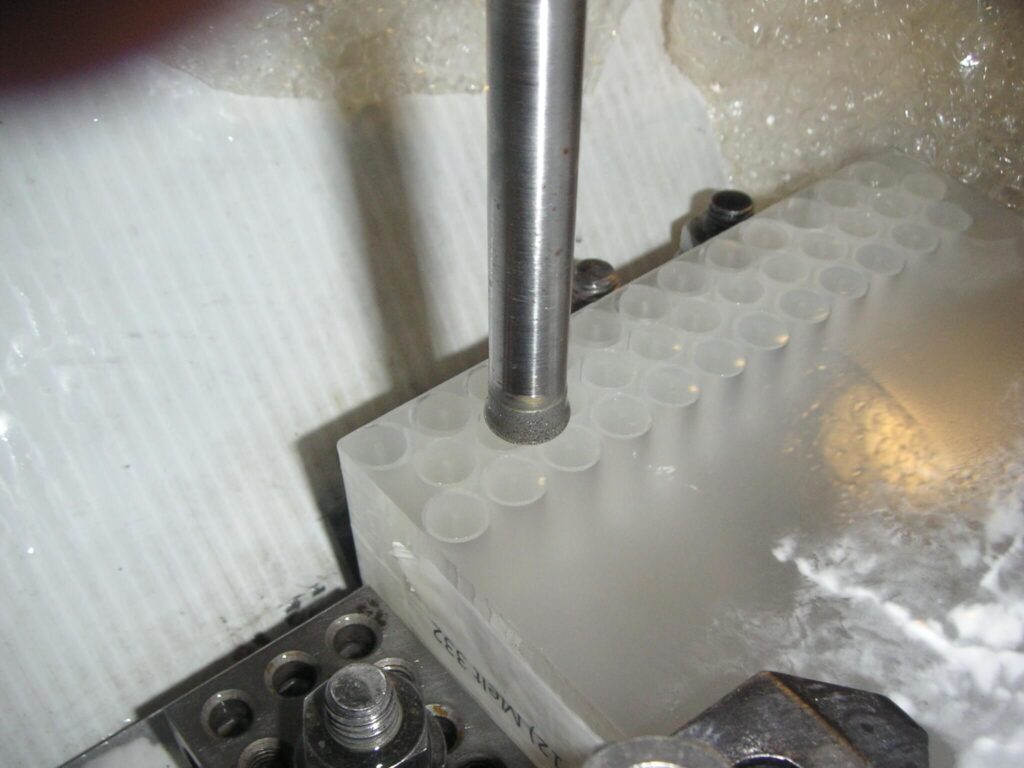
3.Machining Ceramic Guide
We’ve already established that ceramics are extremely malleable materials that have different properties (depending on which type of ceramic you decide to use). While this makes them well suited for a variety of machining jobs, there are certain factors you need to be aware of before you start working with ceramics.
First, always use the right method for the ceramic you’re machining. For example, you wouldn’t use the same machine to cut zirconia and mullite. Mullite is better suited to laser cutting, while zirconia is more fragile (although resistant to corrosion and chemicals) and should be shaped using cutting and grinding methods. Similar rules apply to other types of ceramics.
Read up on the type of material you plan to use and be sure to adjust your techniques. The overview included in this article is a great place to start.
Second, you need to consider certain design requirements. We’ll get into this in more detail later, but for now, remember that poorly designed ceramic parts can easily break or crack.
Finally, remember to always prototype! This guideline can be applied to making any type of complex part, regardless of the material you’re using. Start by setting up your machine to create just one copy of your component and see if it meets all your requirements.
If it does, you can continue machining large quantities of identical parts. If not, then you can always go back to your design and make the necessary changes without wasting a lot of money and effort on a defective product.
4.What should you keep in mind when designing?
Designing ceramic parts for machining is similar to creating designs for other materials, but you need to follow certain rules to avoid defective products or damage to your equipment.
Here are some points to consider when drafting your first design:
- Avoid sharp corners (especially on long edges)
- Oval designs are not well suited to ceramics; rounded ones are better
- Corners and sharp edges increase the risk of breakage and can easily cut skin
- Corner pockets are a good alternative to sharp corners if you don’t want to opt for rounded edges
- If your design includes holes, make sure they are not too close together
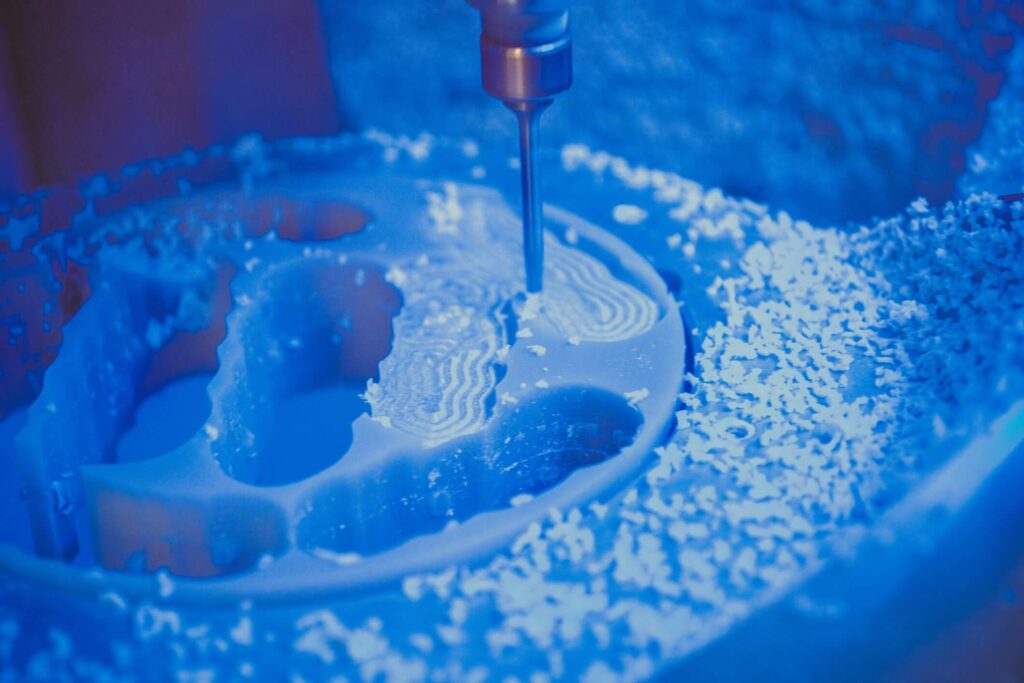
5.The Bottom Line
Computer Numerical Control (CNC) machining is ideal for mass production of a wide variety of products and parts that require high precision and strict adherence to design files. Ceramic materials are one of the most commonly used materials by machinists.
While they are popular and relatively inexpensive, they require a fair amount of knowledge before you can delve into the process and begin the manufacturing process.
Most importantly, you need to be able to differentiate between the different types of machining ceramics so that you can use the best ceramic for your product or specific part. You also need to be very careful when designing your parts to avoid increasing the risk of breakage.
Hopefully, our extensive guide to machining ceramics has given you a good starting point so that you can continue your entrepreneurial journey with more confidence and clarity on what to do next.
